Learning To Read Maps
When I was in college, it used to take me about 13 hours to drive home. The trip would sometimes be longer depending on how far I had to veer off Interstate 80 when searching for a bathroom, someplace to eat, or more often than not, a gas station. In those days, car manufacturers cared mostly about building vehicles that were roomy, equipped with AM/FM radio, and able to withstand the impact of a thermonuclear missile. Good gas mileage was never a priority, so seeing drivers frantically searching backroads for a place to fill up was pretty common. Which meant so was getting lost.
If you are under the age of 35, the idea of not knowing where you are, especially while driving a car, is inconceivable. But for the rest of us, pulling over onto the side of a road or into an empty parking lot to look at a map was a normal ritual of every family vacation. Anxious Boomer and Gen X kids around the world watched as their parents struggled to open the 36” square map that was masterfully folded by one of the origami ninjas at the Rand McNally Corporation. Once unfurled, they would huddle over the unruly sheet of paper with its tiny print and minuscule lines trying to figure out where they were, where they wanted to go, and how they were going to get there.
Those scenes have now been relegated to history and will never be played out again. Google, Apple, and Waze have made sure of that. Figuring out where you are, where you want to go, and the best way to get there is no longer something we worry or think about. Someone-or more likely something-will now (and forever) provide us the with direction we need.
And that’s too bad.
When technology replaced the paper map, it did more than make our lives easier and more efficient. It literally reconstructed the way our minds think about wayfinding. Reading a map requires us to reflect and deliberate on where we’re at and where we’re going. It’s a valuable cognitive skill, not only for road trips but for every journey in our life.
But GPS changed all that. Now, we rely on others to tell us where to go and which path to follow. We no longer read our own maps, create our own routes, or choose our own destinations. All those things we would do whenever we were lost or looking to begin a new adventure.
Today, organizations and individuals have trouble finding their place is in this world. We rely on rankings and titles, on blue check marks, thumbs up emojis, and cryptic abbreviations to put after our name. We are ruled to be credible by the number of followers we have or how many stars we receive on Yelp. Where we are, where we should be going, what path we should take, and how quickly we should get there is now decided entirely or mostly by others. We have lost the ability to chart our own course and navigate our own back roads.
I'm not suggesting we bring back paper maps, only the mind that used to read them. Instead of relying entirely on the direction of others, practice marking your own spot, choosing your own route, and taking whatever time you need to get where you want to go.
Summary
“Taking Control of Your Journey: Why You Should Choose Your Own Path in Life”
This article emphasizes the importance of taking control of your life and not relying on others or external forces to determine your path. Using the metaphor of reading maps versus relying on GPS, the piece encourages individuals to make bold choices, embrace uncertainty, and follow their own unique path rather than conforming to societal expectations. It argues that true fulfillment comes from trusting your instincts and forging a path that is uniquely yours.
“In today’s world, it’s easy to fall into the habit of letting others dictate the direction of our lives. We often rely on external opinions, societal expectations, and the perceived success of others to guide our decisions. But true fulfillment comes from charting our own course, making bold choices, and daring to follow paths that may not be conventional or widely accepted. By trusting our instincts and embracing the uncertainty of forging a unique path, we can discover opportunities and experiences that would otherwise remain hidden. It’s time to stop allowing outside forces to define our journey and instead, take control of our own destiny.”
Keywords: Charting your own course, embracing uncertainty, choosing your path, self-direction, life decisions, independence, personal growth, taking chances, risk-taking.
